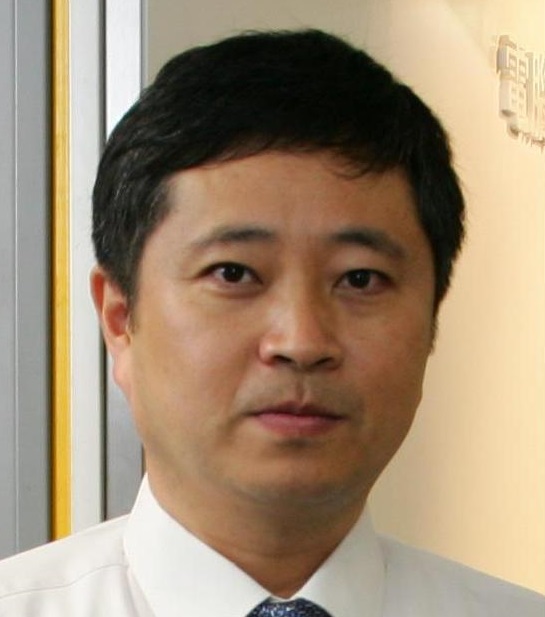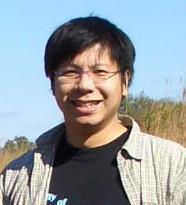Title: Mathematical Model and Algorithms for Quickest Evacuation Planning
Abstract: In recent years, catastrophic disasters by massive natural disasters such as typhoon, earthquake, tsunami, volcano eruption have been increasing in the world, and disaster management is becoming extremely important more than ever. For example, in the Tohoku-Pacific Ocean Earthquake that happened in Japan on March 11, 2011, serious damage was caused by a tsunami. Although disaster prevention in civil and architectural engineering fields in Japan has been considered previously mainly from physical aspects, it is difficult to prevent large tsunamis physically. Therefore, disaster prevention from non-physical aspects, such as city planning and evacuation planning, has become more important recently.
A mathematical approach is useful in finding an effective evacuation planning. The evacuation planning can be formulated based on network flow, and we have proposed an evacuation model to find the fastest time for complete evacuation of evacuees. Developing a practically efficient algorithm for computing quickest flows is a still challenging problem although the existence of a polynomial time algorithm was shown by Hoppe and Tardos more than fifteen years ago. Also, the problem of finding an optimal location of evacuation sites has recently been studied where there still remain theoretically interesting problems.
In this talk, we shall explain how evacuation planning is modeled as a mathematical programming problem, and algorithmic issues. We shall also explain several cases where we applied network flow model to find quickest evacuation planning.
Bio:
Naoki Katoh is currently a professor at School of Informatics in Kwansei Gakuin University. His research interests include the design and analysis of combinatorial and geometric algorithms. In particular, his research interests are focusing on combinatorial rigidity theory and evacuation planning problems. He is currently a Research Director of JST-CREST for Innovative Algorithms for Big Data.
He published more than 140 journal papers and more than 100 international conference papers. He also published a book, The Resource Allocation Problems: Algorithmic Approaches; from MIT Press, in 1988. In 2000, he received Hao Wang Award.




